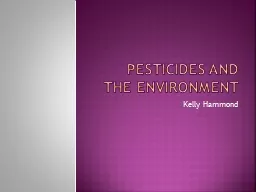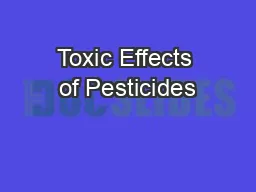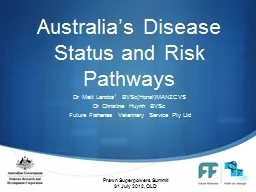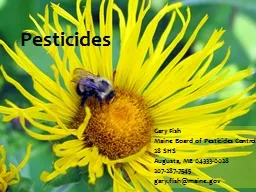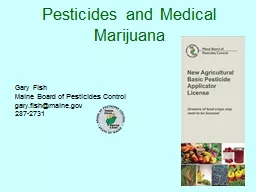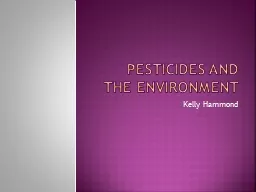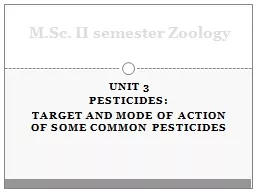PPT-Could modern use pesticides impact prawn hatcheries?
Author : natalia-silvester | Published Date : 2017-12-15
Oceans and Atmosphere Sharon Hook Senior Research Scientist 2 August 2016 Modern use pesticides SharonHookcsiroau 2 Organophoshate pesticides malathion parathion
Presentation Embed Code
Download Presentation
Download Presentation The PPT/PDF document "Could modern use pesticides impact prawn..." is the property of its rightful owner. Permission is granted to download and print the materials on this website for personal, non-commercial use only, and to display it on your personal computer provided you do not modify the materials and that you retain all copyright notices contained in the materials. By downloading content from our website, you accept the terms of this agreement.
Could modern use pesticides impact prawn hatcheries?: Transcript
Download Rules Of Document
"Could modern use pesticides impact prawn hatcheries?"The content belongs to its owner. You may download and print it for personal use, without modification, and keep all copyright notices. By downloading, you agree to these terms.
Related Documents




